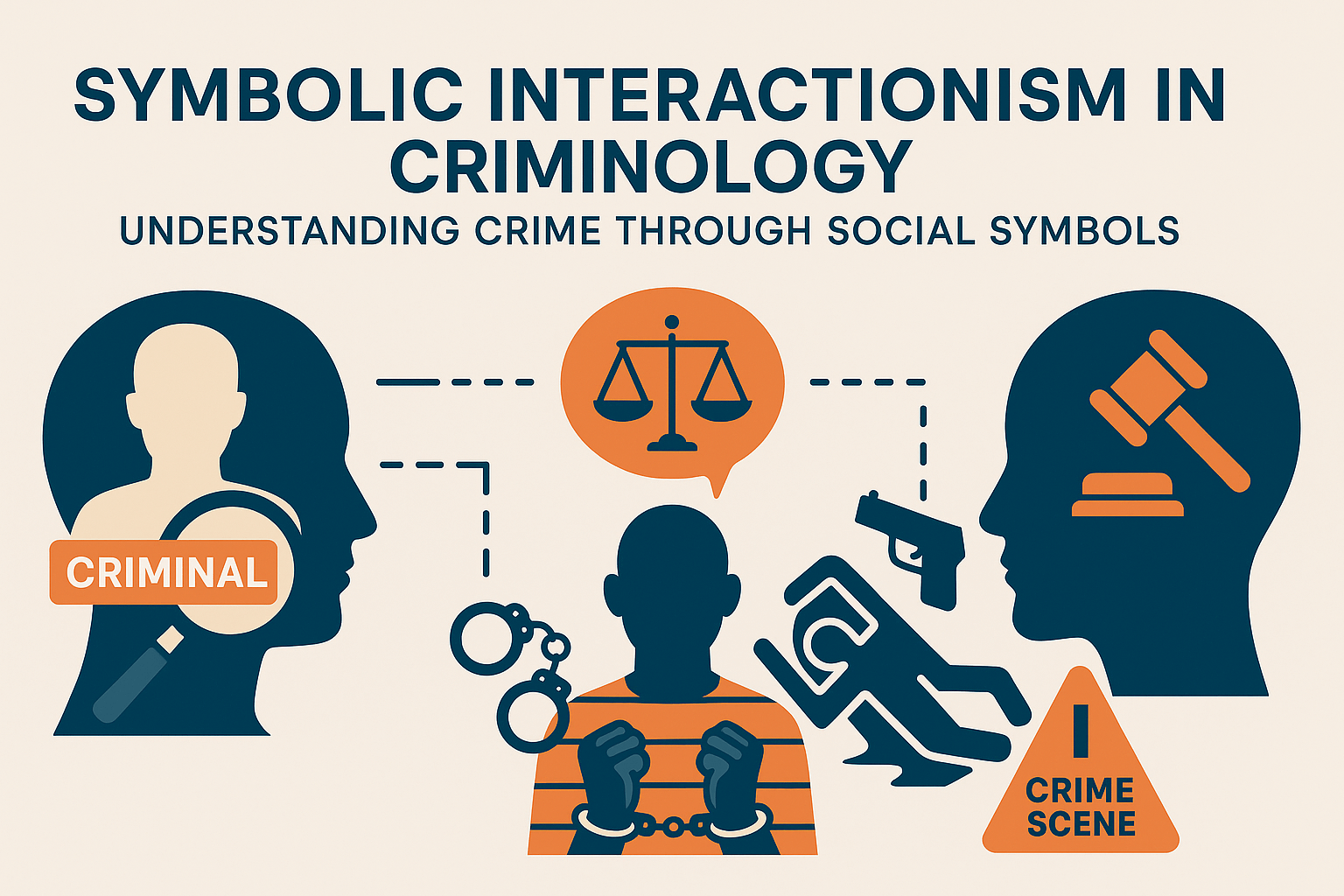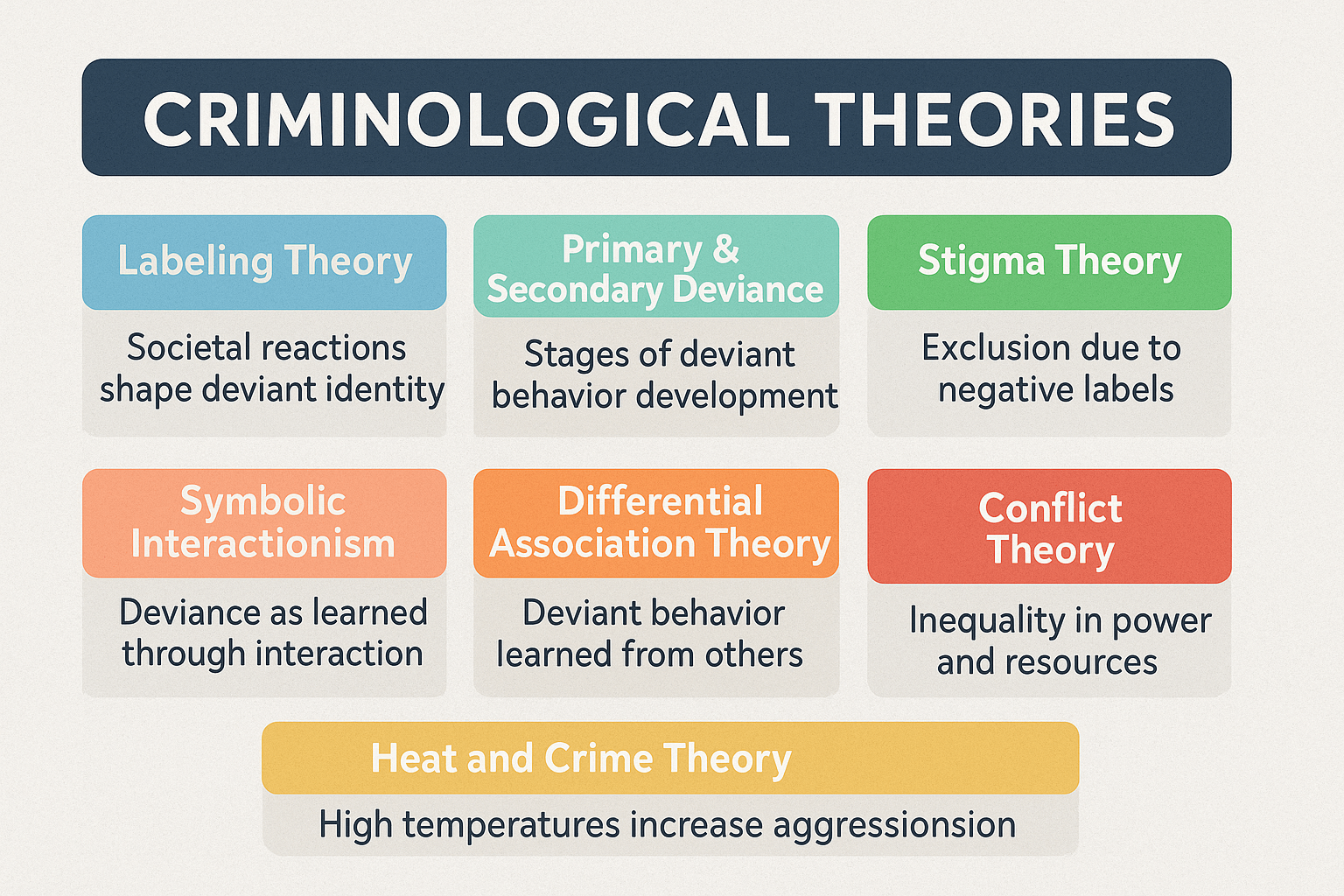Symbolic Interactionism in Criminology: Crime & Social Symbols
Introduction: A Social Lens on Crime Criminology, the scientific study of crime and criminal behavior, has long drawn upon various theoretical frameworks to explain why individuals deviate from social norms. Among these, Symbolic Interactionism offers a unique and deeply sociological perspective. Rather than viewing crime purely through biological or structural lenses, Symbolic Interactionism emphasizes the … Read more


